Chapter 11: Summarizing and Synthesizing Information
by Lindsey Gray


1. Summarizing
2. Synthsizing
2.1. Construct meaning through the text
2.2. "When we summarize information during reading, we pull out the most important information and put it in our own words"
3. Synthesizing
3.1. Combining ideas and information to find new patterns, meanings, or reinforce current interpretations of existing material or knowledge.
3.2. Stop every once and awhile when reading to think about what has been read. This allows students to add the information from the text into their knowledge stock.
4. "If we know a lot about something and read more about that topic, we add that information to our store of knowledge and come to understand the topic more completely. If we known little about a topic and then read further on that topic, our thinking is likely to evolve and change because of all the new information we have gained"
5. Genre Makes a Difference: Thinking changes as information is absorbed
5.1. Fiction
5.1.1. gain insight by observing action and piecing together information
5.2. Mystery
5.2.1. gather clues; ask questions; draw inferences; make conclusions
5.3. Nonfiction
5.3.1. conveys information; leads to specific p.o.v
